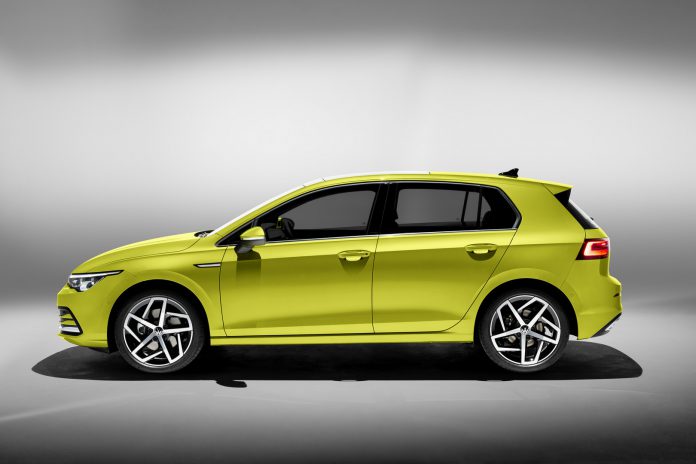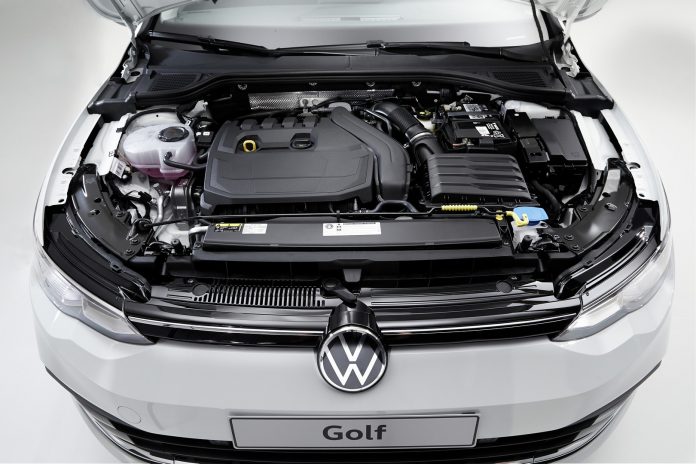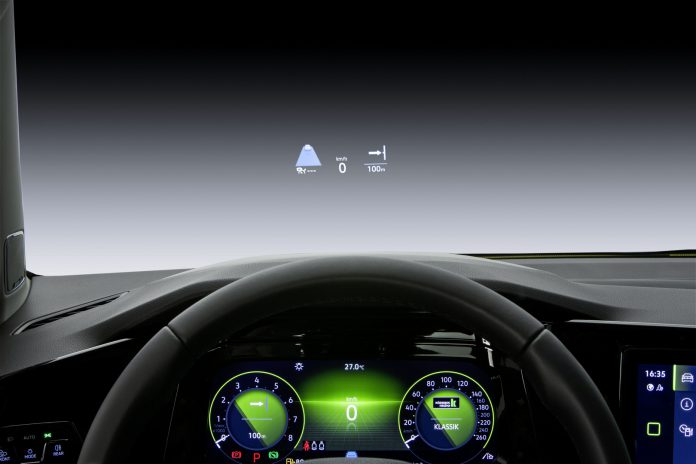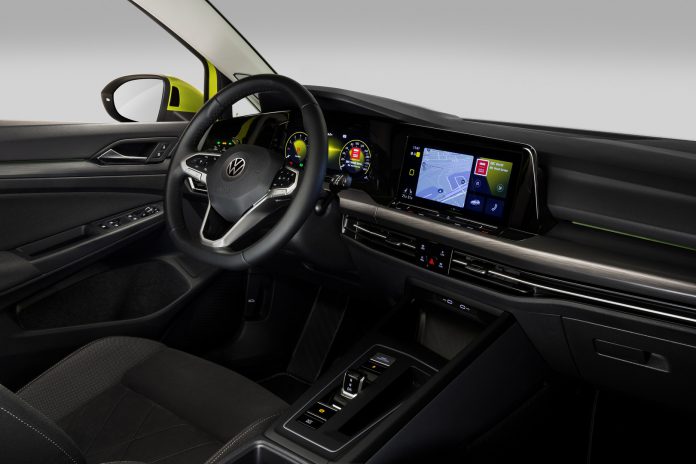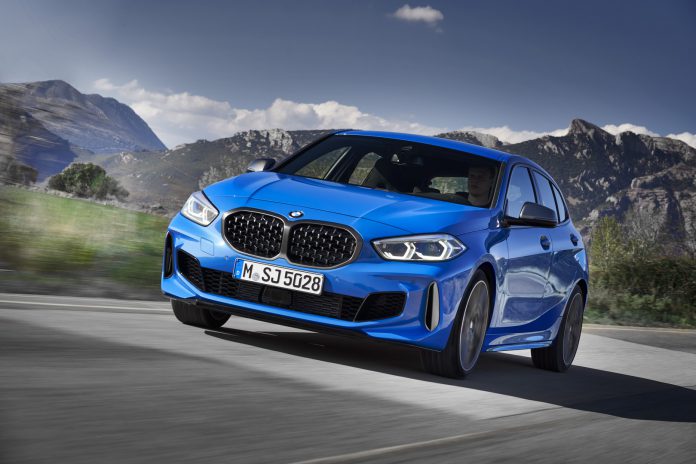The Volkswagen Golf has landed. The Mark 8 has today been released, hoping to continue Volkswagen’s tradition of producing the best hatchback on the market.
As you would expect, the changes are evolutionary rather than revolutionary. Volkswagen has taken a huge step ahead when it comes to interior technology, bringing the Golf up to date!
Design
The design is familiar. The five-door version is all we get for now. The proportions are similar to before with a forward-pointing C pillar. The design lines are similar, the rear gets a new set of taillights and the front gets a new set of headlights which give the effect of a continuous bar across the front.
Powertrain
In terms of powertrains, the GTI and R are missing from the market launch, rest assured that they will arrive at a later date.
Eight drive options will be available, including petrol, diesel, natural gas, mild hybrid and plug-in hybrid models.
Two all-new 1.0 litre, 3-cylinder petrol engines will be available with 90hp and 110 hp outputs. Two brand new 2.0 litre, 4-cylinder diesel engines will also premiere with a 115 hp and 150 hp output. Both will use AdBlue injected into the upstream.
Three mild hybrids will launch with 48-volt technology and outputs of 110 hp, 130 hp and 150 hp. These models will use the 1.5 litre Evo engine with Active Cylinder Management and a new turbocharger. The 48-volt system will be available exclusively with a 7 speed DSG gearbox and will allow coasting, energy recuperation and electric boost.
Two plug-in hybrids will also launch, an eHybrid with 150 hp and the GTE with 245 hp. The plug-in hybrids will use a new 13 kWh battery with higher electronically powered ranges.
Technology
Volkswagen’s assist systems have recently been consolidated into a brand called IQ.DRIVE. The new Volkswagen Golf gets plenty of standard technological features including the Lane Assist lane-keeping system as well as a Front Assist area monitoring system (including City Emergency Braking System, Pedestrian Monitoring and a new swerve support feature as well as a new oncoming vehicle braking when turning function).
Further options include a predictive cruise control which reacts to speed limits, bends and roundabouts. Car2X communication also allows the exchange of information with other vehicles and other road users for the best possible information about driving conditions ahead.
The headlights are also carried across from the IQ.DRIVE program including the LED matrix headlights. Volkswagen will offer three alternatives including the top of the range LED metric units.
Interior
The interior is where the real changes have been made. Integrated mobile online services are the difference. The biggest change is a redesign of the Golf’s dashboard. The digital instruments are now standard, including an 8.25-inch infotainment screen (or an optional 10.25-inch screen). The two screens appear merged and are mounted higher on the dashboard than before.
Many of the systems included in the new Golf can be updated retrospectively. There is a head-up display. Many of the analogue buttons have been replaced by touch screen functions too.
Competition
The competition remains much the same as before. The BMW 1-Series and Mercedes-Benz A-Class immediately spring to mind. Both of these models are positioned slightly higher than the Golf and at higher price points. The Audi A3 is sure to follow soon and will likely build on the qualities of this new Golf, at a higher price point.
At the less premium end of the market, the Ford Focus and Vauxhall/Opel Astra are likely to offer competition. The Seat Leon, Mazda 3, Kia Ceed, Honda Civic, there is no shortage of competition. The Golf has traditionally occupied the centre-ground within the segment, a benchmark of quality. We expect the latest generation to continue this trend.

